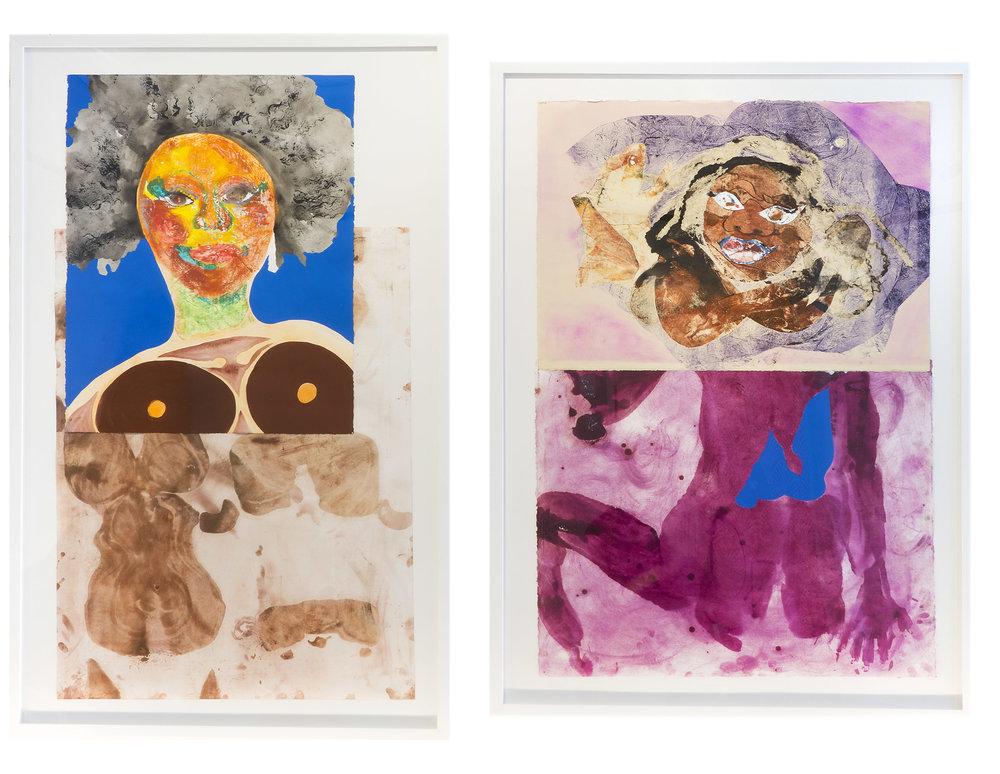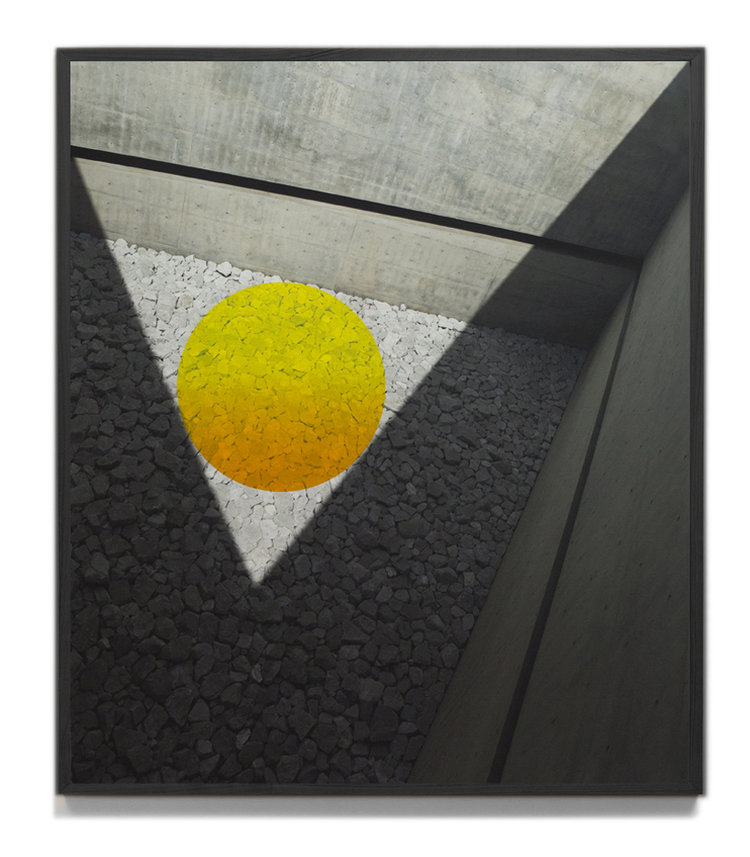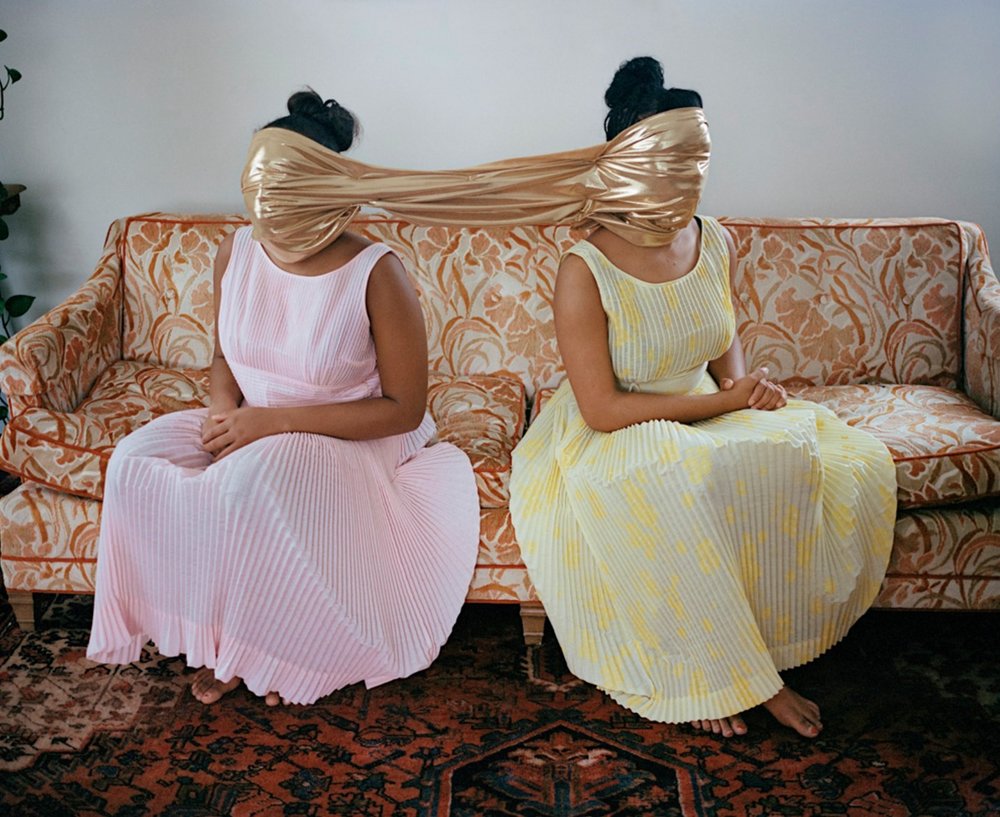If you’re looking to bring some emerging art into your life, there’s no probably no better person to have a conversation with than New York-based independent curator Lolita Cros. It’s still early in her career, but she’s already known for creating exhibitions that combine established and upcoming artists, and is often the artistic brain behind New York’s most interesting shows. From working on an auction to support the victims of Hurricane Sandy, to curating artworks for The Wing’s numerous women’s co-working spaces, Cros knows a thing or two about the emerging art scene.
On a recent tour of the art department at The Wing, called ‘The Salon,’ Cros excitedly tells i-D about the background of any artist we point to. She describes her work as a “constant conversation” with artists, and she loves nothing more than helping them advance their careers. “So far, it’s been a year since our opening and about 99% of the artists have decided to keep their works here,” she says. “It’s been really great. A lot of work has sold, interest has been raised, and there’s even been some special commissions.” It’s when you ask her to pick a few favorites that her answers slow down. Finding it too difficult to pinpoint just a few, she recites name such as Louis Heilbronn, Tessa Perutz, Chase Hall, and Erin O’Keefe, but the list goes on.
We spoke with Cros about life as an independent curator, her work at The Wing, and how those of us not so artistically inclined can start to collect emerging art.

When did you start curating?
I started when I was in Bard College as an Undergrad. I moved to the US from Paris when I was 16 and, while in college, started studying these amazing movements that were happening in the 60s and 70s. I was fascinated by it all and started thinking about the kids around me who were studying art. I was like, ‘Are these guys part of a new movement?’ ‘Will the art being made today one day be in an art history book?’ I was a sophomore when I put on my first show. And after that I did another. That’s when I realized this is what I want to do.
Do you think growing up in Paris influenced your work?
The conversation around art and culture in general in Paris is probably what has driven me to do what I do today. In Paris, when you go to art fairs, it’s like everyone has something to say about the art already. They’re not just tourists taking photos of it. They’ll go up and tell you how they feel about the painting, which is super annoying but also nice to know that people are constantly stimulated by culture. I’m sure it has affected the way I look at and breathe art.

What’s it like working on The Wing’s spaces with all female-identifying artists?
It’s been interesting because at first it seemed like a restriction, but then you get past all that and start [considering] all the artists you have dreamed of showing that you didn’t even think about. You walk into The Wing and already know it’s by women, for women. Women are everywhere so instead of it being an “all-female show,” it becomes just a show in a space.
Who are some artists you’re excited to have included in these spaces?
After two weeks of research, I was like ‘Oh my god,’ I need to reach out to Nancy Holt. I wrote my senior project on her and she’s an artist I had always looked up to. I just forgot she was a woman to be honest. We’re excited to be showing her in our Soho extension, opening this winter. Same for Jenny Holzer, Marilyn Minter, and Laurie Simmons.
Did curating this give you any insights into the gender gap between male and female artists?
There’s definitely less representation for women in the gallery world and you don’t see them as much. Most of them are still referred to as somebody’s wife. I’ve been really shocked to reach out to some very important female artists and to have them respond, instead of an intern, administrative assistant, or representation. Many manage their own work and even ask for advice on the worth. I don’t think it would be equivalent in the male world.

What would your advice be to someone who wants to start collecting emerging art?
I get that question a lot and there are two types of people who ask this: those asking for advice because they connect with the work or those who want advice because they want a good investment. I think of owning art as like getting a tattoo; it’s certainly something that’s very permanent entering your life. I think it should be taken seriously because you’re buying something extremely meaningful to someone else. I tell people you should buy something if you connect with it, rather than looking at it as an investment per se. But I’m also always happy to tell them some artists I know will have a very long standing career.
Where do you find new exciting artists?
First or second year MFA shows are always a good idea, along with word of mouth, studio visits, and actually Instagram. I would never say buy something from seeing it online though. Instead, save the image on Instagram and then go see it in person.
What kind of budget do you think people need to put aside to get involved?
It’s funny because I’m a cheap-ass for everything in my personal life, but when it comes to art, I never look at the price. If you spend $500 on a pair of shoes, maybe save $500 for an artwork. Sometimes it’s way too expensive but, for most emerging artists, it’s very reasonable. If people come to me with around $2,000, I usually say to invest in multiples like paper works, photos, or prints. I would say though, that if you’re buying from an emerging artist, maybe don’t try to get a good deal and just support them instead.
